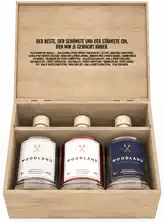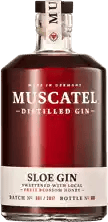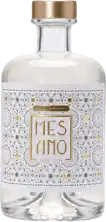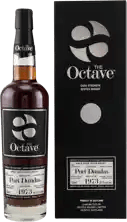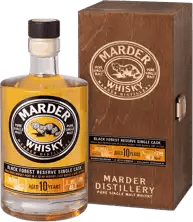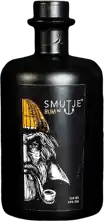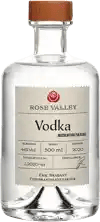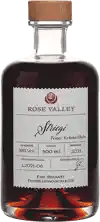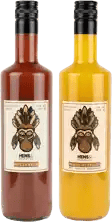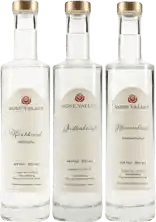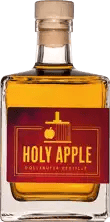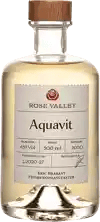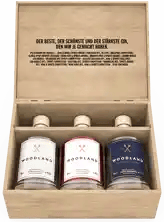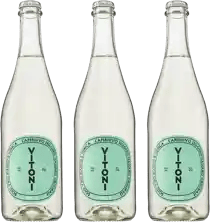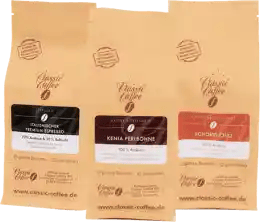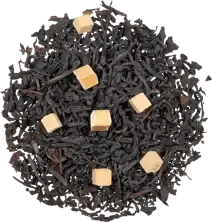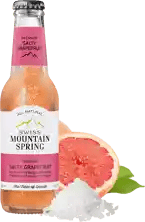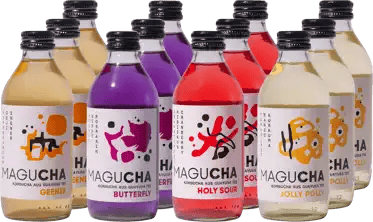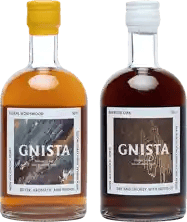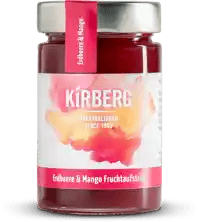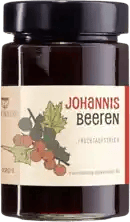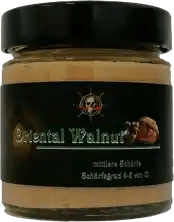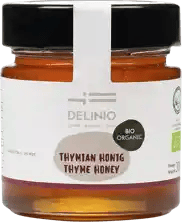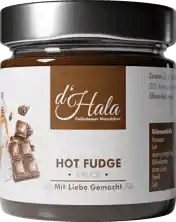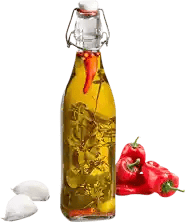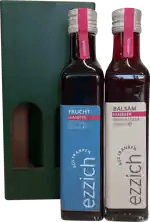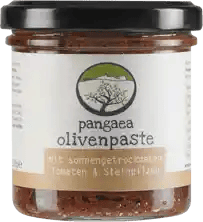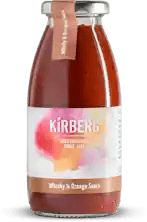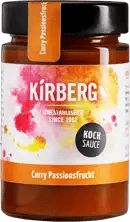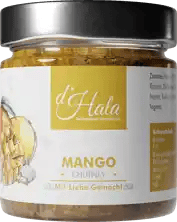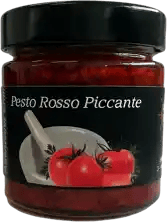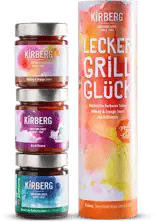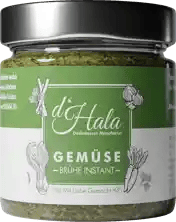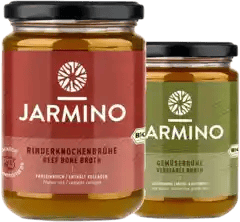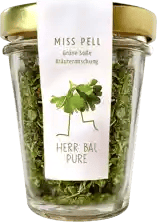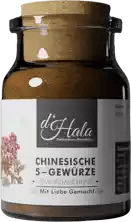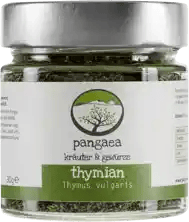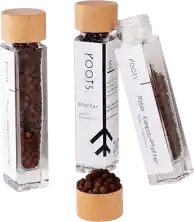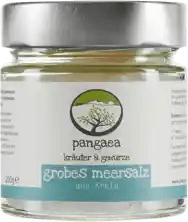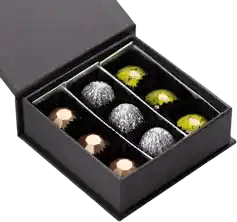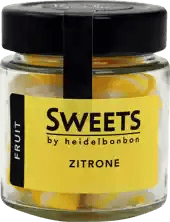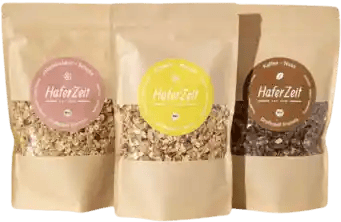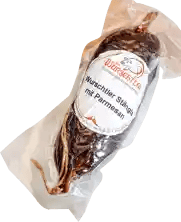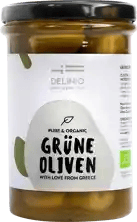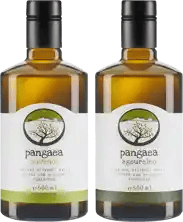Quality instead of quantity!
6,000 independent products
No mainstream
6.000 independent products
Single malt whisky - Everything you need to know
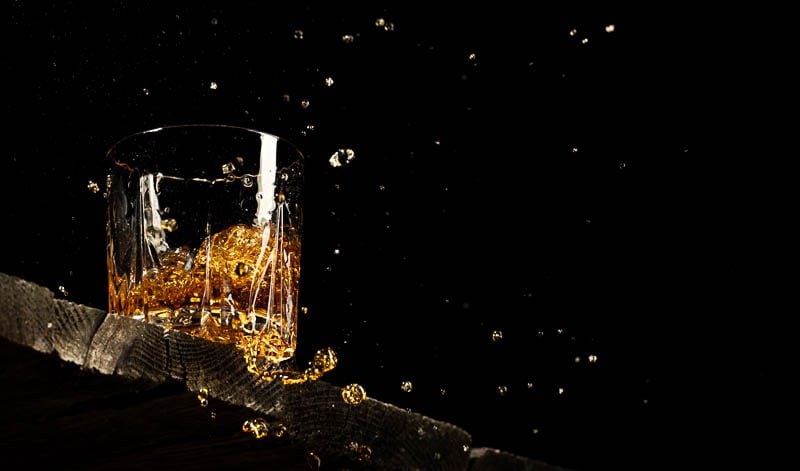
The most important facts summarized for you:
- Single malt whisky is made exclusively from malted barley
- It comes from a single distillery, but can be blended from different cask bottlings
- Single malt whisky is usually distilled in pot stills
- The storage period is usually at least three years
There is something dry about definitions. They do not do justice to a drink of the gods like single malt whisky. But it is not possible without a definition. So what is a single malt?
What is single malt whisky?
A single malt whisky is a whisky that is made exclusively from malted barley and comes from a single distillery. However, it does not come from a single cask or a separate distillation process. It is precisely the blending of different cask contents that guarantees a producer consistency in taste, aroma and color.

Single malt whisky must come from one distillery, but not from one cask
Many people associate single malt whisky with Scotland. Although many of the highly prized single malts come from Scotland, such top-quality whisky can also come from Scandinavia or Japan.
As each of these countries has its own legislation, there are theoretically no one hundred percent fixed production methods. Nevertheless, most stick to the grand master Scotland: malted barley, distilled on pot stills (copper stills), matured for at least three years in oak casks, from one distillery.
Why are there such big differences between the single malts?
Precisely because they are single. They are the product of a specific distillery. In a specific country. In a certain environment. Hardly any other product reflects the interplay of its raw materials as well as single malt whisky.

How a single malt whisky tastes depends on its production conditions
The production process also plays a role. How is the barley dried? How are the pot stills shaped? Finally, the storage. In which barrels does the single malt mature to perfection? And how long is the whisky stored in the casks? All these criteria have an influence on how a single malt ultimately tastes.
Buy high-quality single malt whisky:
Single malt - the great aromatic variety
Let's try to orient ourselves between the different single malt whisky styles. With the flavors light - full-bodied and smoky - smooth, helpful "main wind directions" have been defined for the aroma assessment.
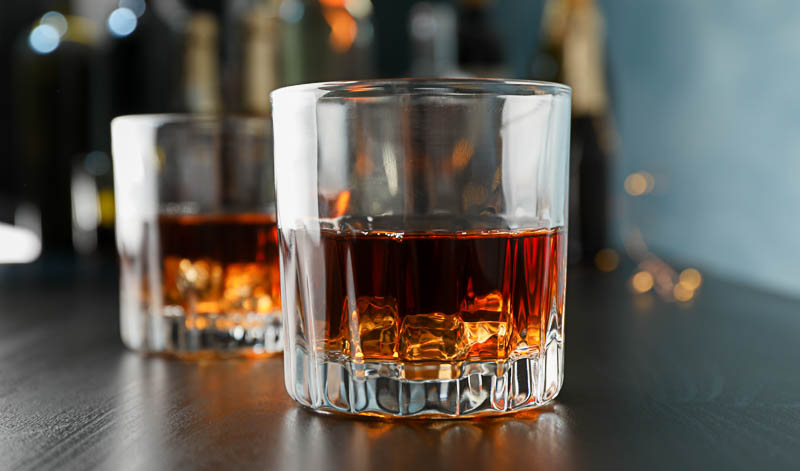
How light or full-bodied a whisky is depends, among other things, on the drying process of the barley
The smokiness has something to do with the Scottish landscape. It is full of peat. And some distilleries use this peat to dry (kiln dry) the barley. But be careful, there is a difference between smoky whisky and peated whisky: while in peated whisky the barley is actually kilned over peat, in smoky whisky other substances are burned to dry the grain.
Back to the peat. Peat consists of dead plants. Sometimes heather dominates, as in Speyside, Scotland; sometimes seaweed, as on Islay. The smoke from the peat fire and its aromas are transferred to the barley and the whiskey. The south coast of Islay in Scotland produces the world's smokiest single malt whiskies. Try it for yourself and see if you're an Islay guy!
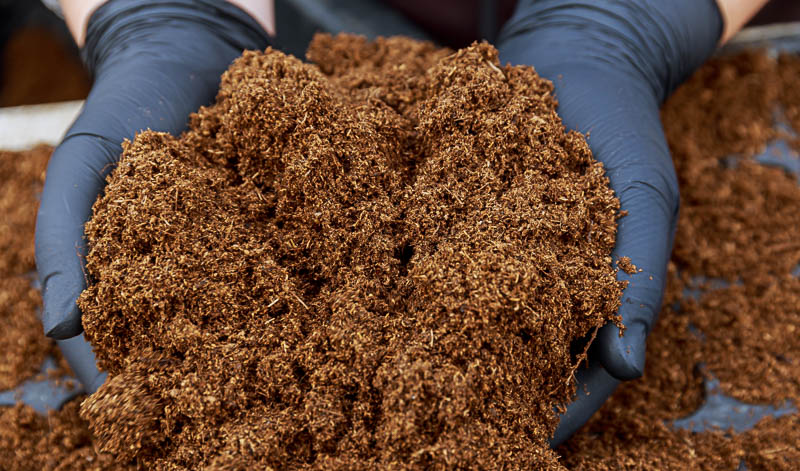
In peated whiskies, the barley is kilned over peat
Perhaps it is advisable not to get to know the wildest side of single malt whisky straight away. Soft (delicate) whiskies are produced by drying the barley without smoke, purely over hot air. Another decisive factor is how often the single malt whisky has been distilled. Triple distillation at least points the way to a softer character.
The stills are also important - the more contact with the copper, the smoother the whisky will be. The length of maturation and the type of cask determine the direction of rich and light. The oak of sherry casks, for example, imparts rich aromas of coffee, tobacco, chocolate, raisins and red fruits to single malt whisky.
How is Scottish single malt produced?
It all starts with the barley and the water. Scottish water is something very special. It is incredibly soft because Scotland's geology has no limestone.
Whisky production uses a lot of water - for example to soak the barley or cool the stills. Therefore, if you see a whisky distillery, there is always good water nearby.
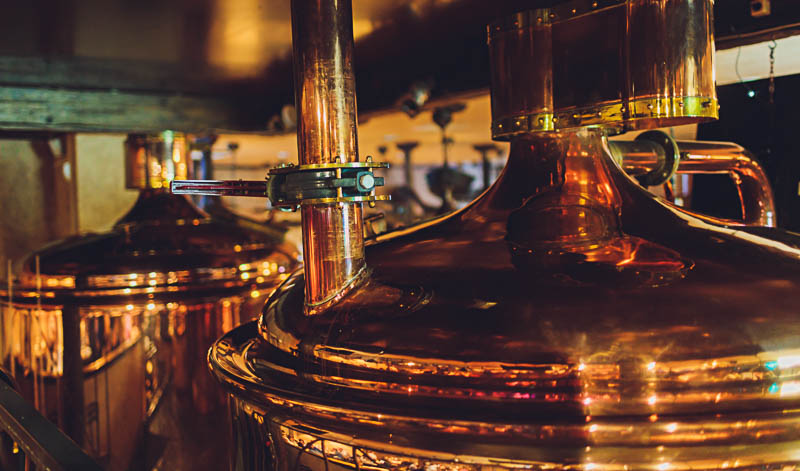
Single malt whisky is distilled in copper pot stills
Some distilleries still malt the whisky themselves. The barley is soaked and laid out on germination trays. Once the starch has turned into sugar, the grain is placed on the malting floor. There it is dried with hot air or peat fires. In the next step, the malt goes into the grain mill and is ground into malt flour. From there it is transferred to the mash tun. The sugar is dissolved out with hot water in several stages.
You can find out more about the production of whisky and the different varieties here: What is whisky
Off to the still
The whisky experts cool the sugar solution down to 20 degrees. They skim off the mash, pour the liquid into large fermentation vats and add yeast cultures. These convert the sugar into alcohol.
After two to four days, a type of beer is produced ("wash" in Scottish) with an alcohol content of between eight and nine percent. This beer is placed in the copper still. The first distillation produces an alcohol content of between 20 and 25 percent. The intermediate product goes into the second pot still, where it is distilled to an alcohol volume of 65 to 70 percent.

Both the size and shape of the stills and the temperature during distillation have an effect on the taste of the whisky
The shape of the stills influences the taste of your single malt whisky. Long, slender shapes produce soft distillates. Short, squat ones produce a strong, intense taste. The intensity of the heating also has an effect: The hotter and faster the distillation, the less smooth the whisky will be.
How the cask influences the character of the whisky
The pre-distillate and after-distillate are discarded from the finished distillate. They contain methanol, fusel oils and undesirable flavors. Only the core, the clear and flavor-balanced middle run, is transferred from the still to the cask.
Cask ageing a single malt whisky is an art in itself. There are casks with a capacity of between 125 and 500 liters. They are always made of oak. Oak is breathable, resin-free and durable.
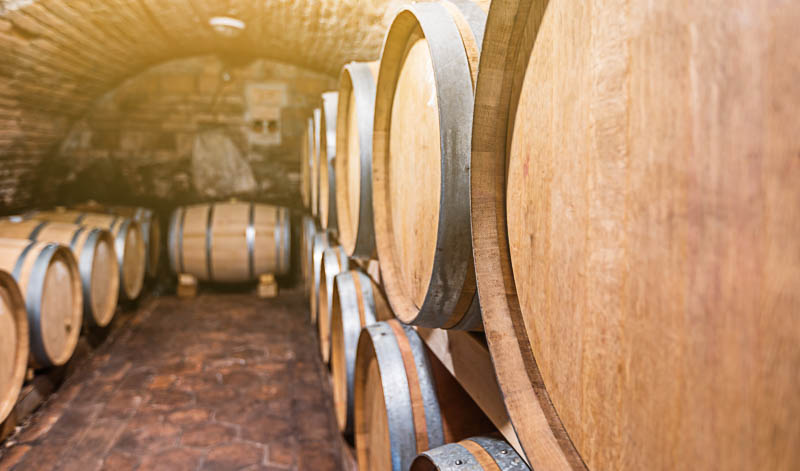
Whisky barrels are always oak barrels
Raw whisky is absolutely colorless, clear as water, as you can see from this New Make whisky, for example. It only takes on its color and concentrated aromas during the maturation process. Most distilleries use bourbon barrels made from American white oak. These transfer wood and vanilla aromas as well as citrus fruit notes to the whisky. Others use sherry or port wine barrels, which impart dark fruity aromas and opulent notes of chocolate and tobacco to their contents. Maturation in former rum casks also occurs.
The storage location and its climate also play a role. A single malt from India reaches maturity much faster than in the snowy Scottish Highlands. The choice of suitable cask storage therefore has an extremely important influence on the aromatic character of the single malt.
The Angels Share
While the whisky gains color, softness and nuances in the cask, around two percent of the liquid evaporates per year during storage, resulting in 0.2 to 0.6 percent alcohol by volume. The Scots call this evaporation rate the "angels' share". For them, single malt whisky is a God-given drink.

Angels' share is the name given to the proportion of whisky that evaporates during cask ageing
The marriage of the casks
Finally, the master blender comes into play. This is a very creative job in the distilleries, as it is now a matter of blending the whiskies from the individual casks to create a taste that is typical of the brand.
Note: The vast majority of single malt whiskies are blends of several casks. Nevertheless, they can be referred to as single malts because they come from a single distillery and are based on malted barley. This distinguishes them from blended whiskies, a mixture of different types of whisky.
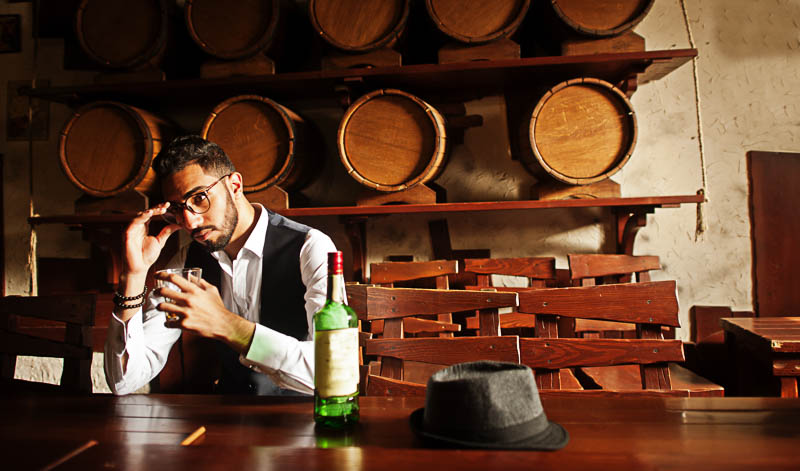
Single cask whisky is a special case: This only comes from a single cask
Single cask wh isky is a special case. This is a single malt that comes from a single cask and is often sold in limited editions. Some independent bottlers have specialized in this and offer uncoloured single casks without chill-filtration. With a drop like this, you get a particularly natural product in your bar.
Difference between single malt whisky and blended Scotch whisky
As it feels like whisky has always existed in Scotland, it has naturally become the national drink. But in the 19th and 20th centuries, it was not single malt that dominated, but blended Scotch whisky. This is a mixture of complex malt whisky and grain whisky. The latter is mainly based on wheat, corn and rye.
Blended Scotch whisky tastes sweeter and more pleasing than a single malt. This produces round, easy to enjoy whiskies and has long been to the taste of the population. The single malt whisky renaissance began when Glenfiddich launched a single malt on the market in the 1960s. Since then, the single malt has become the flagship of whisky.
Difference between single malt whisky and bourbon whisky
Bourbon whisky is spelled with an e. But this is just one of many differences. Bourbon comes from the USA. It is distilled from a mixture of grains in which corn dominates. Distillation takes place in stainless steel column stills and not in copper stills.
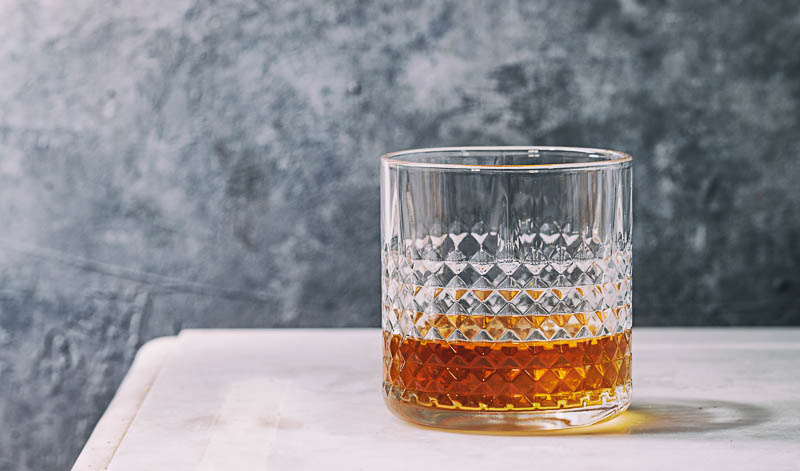
Unlike single malt, bourbon is not only made from barley
Bourbon is always matured in new, freshly burnt oak barrels. There is no minimum age ing period as with Scottish single malt whisky. Due to the high proportion of corn , the soft taste nuances dominate in bourbon. The fresh oak barrels and the burn-out process give this American whiskey strong notes of wood, vanilla and caramel.
Whisky from other countries
Up to this point, the focus has been on Scottish single malt whisky. There is a good reason for this. You have to get to know the measure of all things before you judge the others. The Scottish distilling and ageing process is considered the ultimate in all distilleries worth mentioning. Ireland has at least as long a whiskey (here with an e) tradition as Scotland. But the Emerald Isle has always been held back politically and economically. It is only in recent years that Irish single malt whiskey has begun to soar again.
Indian and Japanese whisky
The Japanese are regarded worldwide as an outstanding craft nation. They have an excellent command of the art of whisky distilling. The producer Yamazaki creates a Japanese whisky that is considered one of the most expensive and sought-after among its peers worldwide.
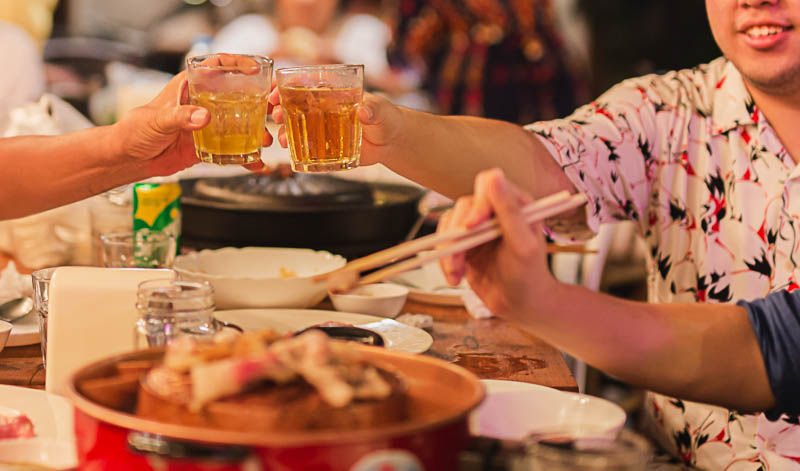
Japan also knows how to make good single malt
Let's take a look at the country with the largest whisky production. It's not Scotland, but India: India. India recorded a turnover of 13,863 million euros with whisky last year. This puts the third largest country in Asia just ahead of the USA. Whisky enthusiasts will have heard of the Amrut distillery, which even outperformed Scottish single malts in blind tastings. This proves that good whisky distillation is not necessarily tied to a specific country or climate. However, it is mainly whisky blends that are bottled in India.
Whisky from Germany
There are also some interesting whisky distilleries in Germany that can hold a candle to their Scottish colleagues when it comes to craftsmanship and passion. Some are experimenting with strong wine cask maturation, such as the Marder Distillery or the Whisky Werk.

At Whisky Werk, you can buy cask shares of various bottlings
Single malt from the Czech Republic, Switzerland and Spain
The rest of mainland Europe also has excellent whiskies to offer. The Czech Republic, Spain and Switzerland also have excellent whisky that real whisky connoisseurs should definitely try.
Alternative to single malt whisky from Ireland or whisky from Scotland:
- Trebitsch single malt whisky from the Czech Republic - kosher whisky from the Trebitsch Distillery
- Maund Whisky from Switzerland - single malt whisky produced in the Alps
- Single malt whisky from Spain - e.g. from the Destilería Acha
Questions & answers about single malt
Single malt whisky: the older the better?
Whether an older whisky actually tastes better than a younger one actually depends more on your personal taste. Nevertheless, there is a clear relationship between whisky age: the longer a whisky matures, the more expensive it becomes.
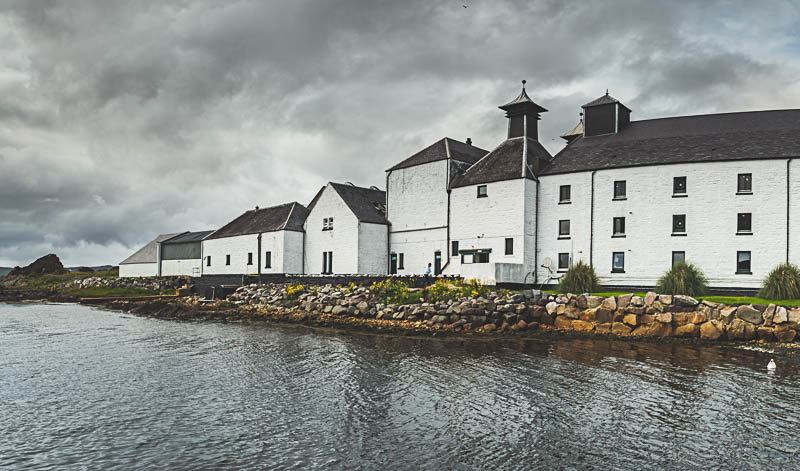
The Laphroaig distillery in Scotland is one of the most famous whisky distilleries in the world
This can be explained quite simply - with every year that the spirit is allowed to mature longer, more and significantly more complex flavors end up in it. However, this also means more work for the distillery (or less space to store new whisky), which is why a whisky matured for 18 years is generally more expensive than a whisky matured for ten years.
As far as the quality of whisky is concerned, this means the same thing that applies to all other foods: the slower the production process and the longer it has had time to mature to its full flavor, the better the quality. Which whisky tastes better to you personally is of course up to you to decide.
The following applies to beginners in whisky drinking: it is best to start with the milder whiskies. Before you venture into stronger, peaty varieties, you should first give your palate the opportunity to get to know the basic aromatic palette of whisky. Gradually work your way up to the smoky aroma and find out where the best aroma for you can be found.
Is there such a thing as bottle-matured single malt?
Definitely no. The maturation and development of the single malt takes place in the cask. Once bottled, it has only one purpose: to be opened to delight your senses.
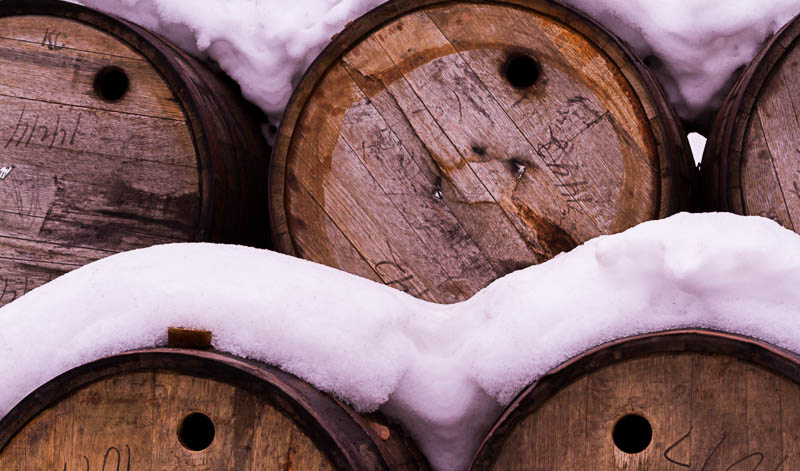
Whisky always matures in a cask" title="Whisky always matures in a cask
How do you drink single malt?
The tumbler probably springs to mind immediately. This is a relatively low drinking glass with a heavy base and a wide opening. You can pour your bourbon into it, optionally with ice - but never a single malt whisky. This is because the large opening means that the subtle nuances of this complex drink evaporate forever.
Get a nosing glass (with a stem) or a Glencairn glass (with a foot). Both taper upwards and send the concentrated aromas straight to your nose. Now pour in 2 to 3 cl of whisky. The whisky is at room temperature. And there are never any ice cubes in your glass. If you prefer your single malt chilled, use stone or metal ice cubes. However, as the temperature drops, you also lose quite a lot of flavor variety.

The best way to drink single malt is always from a nosing glass or a Glencairn glass, which you can see here
After pouring, it's time to wait. It is said that the single malt needs to rest in the glass for one minute per cask year. Then carefully bring it to your nose, sniff, hold it away, sniff again. A good single malt whisky is incredibly rich in aromas.
A nosing wheel helps with orientation. This is a disc on which you can sort the aromas into upper and lower groups. The first sip remains in your mouth for a short time, playing over your tongue and palate. Feel the taste as you swallow and repeat the procedure with the other sips. Always sensible and concentrated.
Can you dilute single malt whisky with water?
Perhaps a matter of taste, but actually unnecessary. After all, the normal cask strengths between 40 and 46 percent have already been diluted with water by the distilleries. At most, water may be added to the higher percentage whiskies - but drop by drop and always try it.
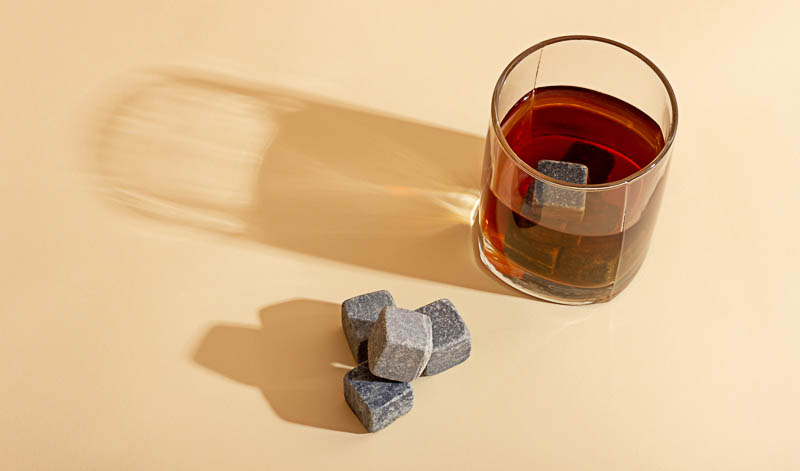
You do not need to dilute your whisky. It is therefore better to use stone or stainless steel cubes for cooling
Buying single malt whisky
The good stuff is so close. In our store you will find the highest quality single malts, especially from Germany. Unique in terms of craftsmanship and taste. Take a look! Single malt whisky
Matching products to the article
Win a Hop Gin & Tonic Set!

Win a
Hop Gin & Tonic Set (1x Gin, 4x Tonic)
worth 36€

It's never been so easy. Simply register now & join in!
Erfolg!
Klasse, jetzt musst du nur noch deine Anmeldung bestätigen. Dazu hast du eine E-Mail im Postfach.
Recent articles
-
25 AprWhat is kimchi? Korea's fermented vegetables
-
23 AprMoon Spirits Premium Dry Gin - a gin like moonlight
-
18 Apr"Our sausage contains Franconia" - A portrait of the Wurschtler
-
13 AprWhat is the difference between coffee and espresso?
-
11 AprWhat is mascarpone? Info, alternatives & more
-
09 Apr"Trees instead of fences" - a portrait of Wildlieb
-
04 AprTruffles - interesting facts about the noble delicacy
-
26 MarLow carb - All about a low-calorie diet
-
12 MarExplosive aromas & harmonious balance - ver in an interview about Vermouth
Brilliant!

Bitte bestätige deine Anmeldung noch eben - du hast eine Bestätigungsmail von uns. Klicke darin auf den Link. Danach bekommst du deinen Rabattgutschein.


